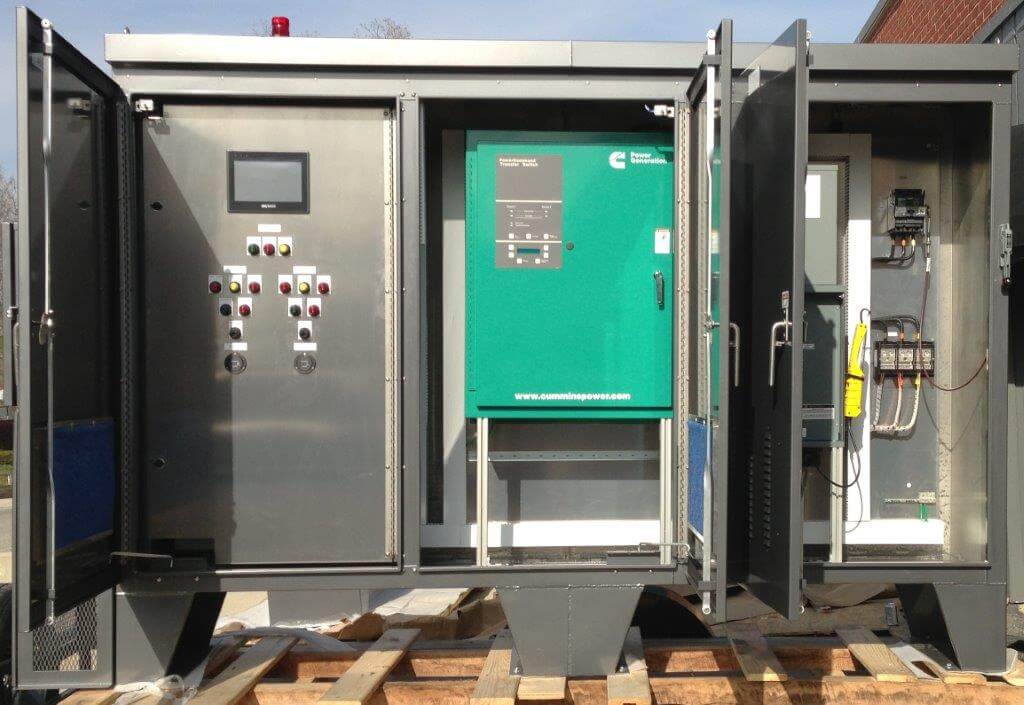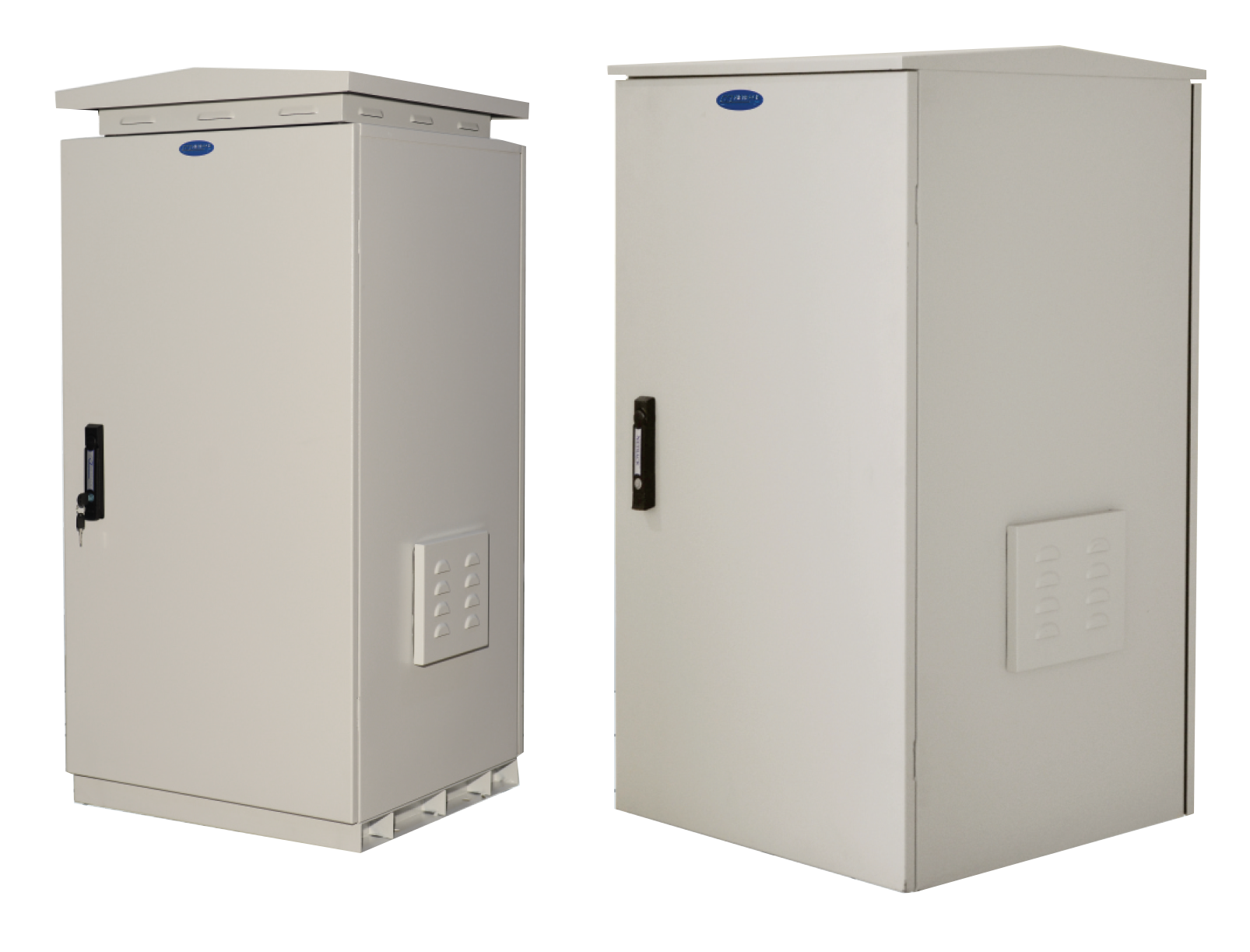Understanding Outdoor Electrical Enclosures and Cabinets: Outdoor Electrical Enclosures Cabinets

Outdoor electrical enclosures and cabinets are essential components of electrical systems, designed to protect sensitive equipment and ensure safe operation in harsh outdoor environments. These enclosures provide a barrier against the elements, such as rain, snow, dust, and extreme temperatures, while also safeguarding against accidental contact with live electrical components.
Key Features and Design Considerations
Outdoor electrical enclosures and cabinets are meticulously engineered to withstand the rigors of outdoor environments. They are typically constructed from durable materials like fiberglass, metal, or polycarbonate, offering robust protection against impacts, corrosion, and UV degradation. Key design considerations include:
- Ingress Protection Rating (IP Rating): This rating system quantifies the enclosure’s resistance to dust and water ingress, ensuring protection against specific environmental conditions. For instance, an IP65 enclosure is dust-tight and can withstand water jets from any direction.
- Environmental Sealing: Enclosures are equipped with seals and gaskets to prevent the intrusion of moisture, dust, and other contaminants, maintaining the integrity of the electrical components within.
- Temperature Resistance: Outdoor enclosures are designed to withstand extreme temperatures, ranging from sub-zero conditions to high heat, ensuring consistent operation across diverse climates.
- Ventilation and Cooling: Enclosures often incorporate ventilation features, such as louvers or fans, to dissipate heat and prevent overheating of internal components, particularly in enclosed spaces.
- Lock and Security: Enclosures are typically equipped with locking mechanisms to prevent unauthorized access and protect sensitive electrical equipment.
Types of Outdoor Electrical Enclosures
Outdoor electrical enclosures are available in various types, each tailored to specific applications and environmental requirements. Common types include:
- NEMA Enclosures: These enclosures are standardized by the National Electrical Manufacturers Association (NEMA) and are widely used for industrial and commercial applications. NEMA enclosures are classified based on their environmental protection levels, ranging from NEMA 1 (general purpose) to NEMA 4X (weatherproof and corrosion-resistant).
- Weatherproof Enclosures: These enclosures are designed to protect electrical components from rain, snow, and other weather conditions. They often feature seals, gaskets, and drainage holes to prevent water ingress.
- Explosion-Proof Enclosures: These enclosures are specifically designed for hazardous environments where flammable or explosive materials may be present. They are certified to withstand internal explosions and prevent the ignition of external flammable gases or vapors.
Comparison of Enclosure Types
The following table summarizes the key characteristics, applications, and benefits of different outdoor electrical enclosure types:
| Enclosure Type | Key Characteristics | Applications | Benefits |
|---|---|---|---|
| NEMA Enclosures | Standardized by NEMA, classified based on environmental protection levels | Industrial, commercial, and residential applications | Wide range of protection levels, readily available, cost-effective |
| Weatherproof Enclosures | Designed to withstand rain, snow, and other weather conditions | Outdoor lighting, power distribution, and control systems | Protection against moisture, dust, and other environmental elements |
| Explosion-Proof Enclosures | Certified to withstand internal explosions, prevent external ignition | Hazardous locations with flammable or explosive materials | Enhanced safety in hazardous environments, compliance with industry regulations |
Materials and Construction

Outdoor electrical enclosures are built from a variety of materials, each with its own unique set of properties that make it suitable for different applications. The choice of material depends on factors such as the environment, the type of equipment being housed, and the budget.
The primary considerations when selecting materials for outdoor electrical enclosures are durability, corrosion resistance, and environmental impact.
Steel
Steel is a common material for outdoor electrical enclosures due to its strength, durability, and cost-effectiveness.
Steel enclosures are typically made from galvanized steel, which provides corrosion resistance. However, steel can be susceptible to rust and corrosion in harsh environments, such as those with high humidity or salt spray.
- Advantages: High strength, durability, cost-effectiveness, readily available, easily fabricated, can be coated with various protective finishes.
- Disadvantages: Susceptible to rust and corrosion in harsh environments, heavy weight, can be prone to damage from impacts.
Steel enclosures are often used in industrial applications where strength and durability are paramount, such as in power plants and factories.
Aluminum
Aluminum is another popular material for outdoor electrical enclosures, offering several advantages over steel.
- Advantages: Lightweight, corrosion-resistant, good electrical conductivity, recyclable.
- Disadvantages: Lower strength than steel, more expensive than steel, may be more prone to damage from impacts.
Aluminum enclosures are often used in applications where weight is a concern, such as in telecommunications and traffic control systems.
Fiberglass
Fiberglass is a composite material that is often used for outdoor electrical enclosures. Fiberglass is made from glass fibers embedded in a resin matrix. This combination provides high strength and durability, as well as excellent resistance to corrosion and chemicals.
- Advantages: High strength-to-weight ratio, excellent corrosion resistance, good electrical insulation, non-conductive, resistant to chemicals and UV radiation.
- Disadvantages: More expensive than steel or aluminum, can be brittle, may not be as easily fabricated as other materials.
Fiberglass enclosures are often used in applications where corrosion resistance and electrical insulation are critical, such as in chemical processing plants and wastewater treatment facilities.
Polycarbonate
Polycarbonate is a thermoplastic polymer that is often used for outdoor electrical enclosures. Polycarbonate is known for its high impact resistance and excellent optical clarity.
- Advantages: High impact resistance, excellent optical clarity, lightweight, good electrical insulation, UV resistant, resistant to chemicals and weathering.
- Disadvantages: Can be scratched easily, may be more expensive than other materials, may not be as strong as other materials.
Polycarbonate enclosures are often used in applications where impact resistance and visibility are important, such as in traffic control systems and outdoor lighting fixtures.
Material Properties Comparison Table
| Property | Steel | Aluminum | Fiberglass | Polycarbonate |
|---|---|---|---|---|
| Strength | High | Medium | High | Medium |
| Corrosion Resistance | Medium (galvanized) | High | Excellent | Excellent |
| Weight | Heavy | Lightweight | Medium | Lightweight |
| Cost | Low | Medium | High | High |
| Environmental Impact | Medium | Low | Medium | Medium |
Applications and Uses

Outdoor electrical enclosures and cabinets are essential components in various industries and applications, providing protection for electrical equipment from harsh environmental conditions. These enclosures play a crucial role in ensuring the safe and reliable operation of electrical systems, while also safeguarding personnel from potential hazards.
Industrial Control
Industrial control systems often operate in demanding environments, requiring robust enclosures to protect sensitive electronics from dust, moisture, and extreme temperatures. Enclosures are used to house control panels, programmable logic controllers (PLCs), and other critical components, ensuring their uninterrupted operation.
- Manufacturing Plants: Enclosures protect control panels and PLCs used in automated production lines, ensuring consistent performance and reducing downtime.
- Oil and Gas Refineries: Enclosures protect control systems in hazardous environments, providing a safe and reliable operating environment for critical equipment.
- Water Treatment Facilities: Enclosures safeguard control systems used in water purification and distribution, ensuring the quality and reliability of water supply.
Power Distribution
Outdoor electrical enclosures are essential for power distribution systems, providing a safe and secure environment for electrical equipment. These enclosures house transformers, circuit breakers, and other components, ensuring the reliable delivery of electricity.
- Substations: Enclosures protect high-voltage equipment, such as transformers and circuit breakers, from environmental factors and ensure the safe and reliable distribution of electricity.
- Commercial Buildings: Enclosures house electrical panels and distribution equipment, providing a secure and accessible location for managing power distribution within buildings.
- Residential Areas: Enclosures protect electrical meters and other components, ensuring the safe and reliable delivery of electricity to homes.
Telecommunications
Outdoor electrical enclosures are essential for telecommunications infrastructure, protecting sensitive electronic equipment from harsh environmental conditions. These enclosures house network switches, routers, and other components, ensuring the reliable operation of telecommunications networks.
- Cell Towers: Enclosures protect telecommunications equipment, such as antennas, amplifiers, and network switches, ensuring reliable mobile phone service.
- Data Centers: Enclosures house servers, network switches, and other equipment, providing a secure and controlled environment for critical data storage and processing.
- Fiber Optic Cabling: Enclosures protect fiber optic termination points, ensuring the reliable transmission of data over long distances.
Transportation
Outdoor electrical enclosures are used in various transportation applications, protecting electrical equipment from harsh environments and ensuring the safe and reliable operation of vehicles and infrastructure.
- Electric Vehicles: Enclosures protect battery management systems and charging ports, ensuring the safe and reliable operation of electric vehicles.
- Railways: Enclosures protect electrical equipment used in railway signaling and control systems, ensuring the safe and efficient operation of trains.
- Traffic Management Systems: Enclosures protect electrical equipment used in traffic lights and other infrastructure, ensuring the smooth flow of traffic.
Table of Applications and Enclosure Types, Outdoor electrical enclosures cabinets
| Application | Enclosure Type | Key Considerations |
|—|—|—|
| Industrial Control | NEMA 4X, NEMA 12 | Resistance to dust, moisture, and extreme temperatures |
| Power Distribution | NEMA 3R, NEMA 4 | Protection from rain, snow, and other environmental factors |
| Telecommunications | NEMA 1, NEMA 3R | Resistance to dust, moisture, and temperature variations |
| Transportation | NEMA 4X, NEMA 12 | Resistance to vibration, shock, and extreme temperatures |
Outdoor electrical enclosures cabinets are more than just boxes. They’re vital for protecting sensitive equipment from the elements. And while modern enclosures often rely on simple, functional hardware, it’s fascinating to consider the craftsmanship of the past. Take a look at vintage cabinet hinges and latches , with their intricate details and enduring quality.
This attention to detail reminds us that even the most utilitarian objects can be imbued with beauty and craftsmanship. And while modern enclosures may prioritize functionality, there’s a certain charm in the legacy of these vintage pieces.
Outdoor electrical enclosures cabinets are essential for protecting your electrical equipment from the elements. They come in various sizes and configurations to meet your specific needs. For a stylish addition to your home, consider a 40 inch wide accent cabinet , which can add a touch of elegance to any room.
Similarly, outdoor electrical enclosures cabinets can enhance the aesthetics of your outdoor space while ensuring the safety and reliability of your electrical system.
